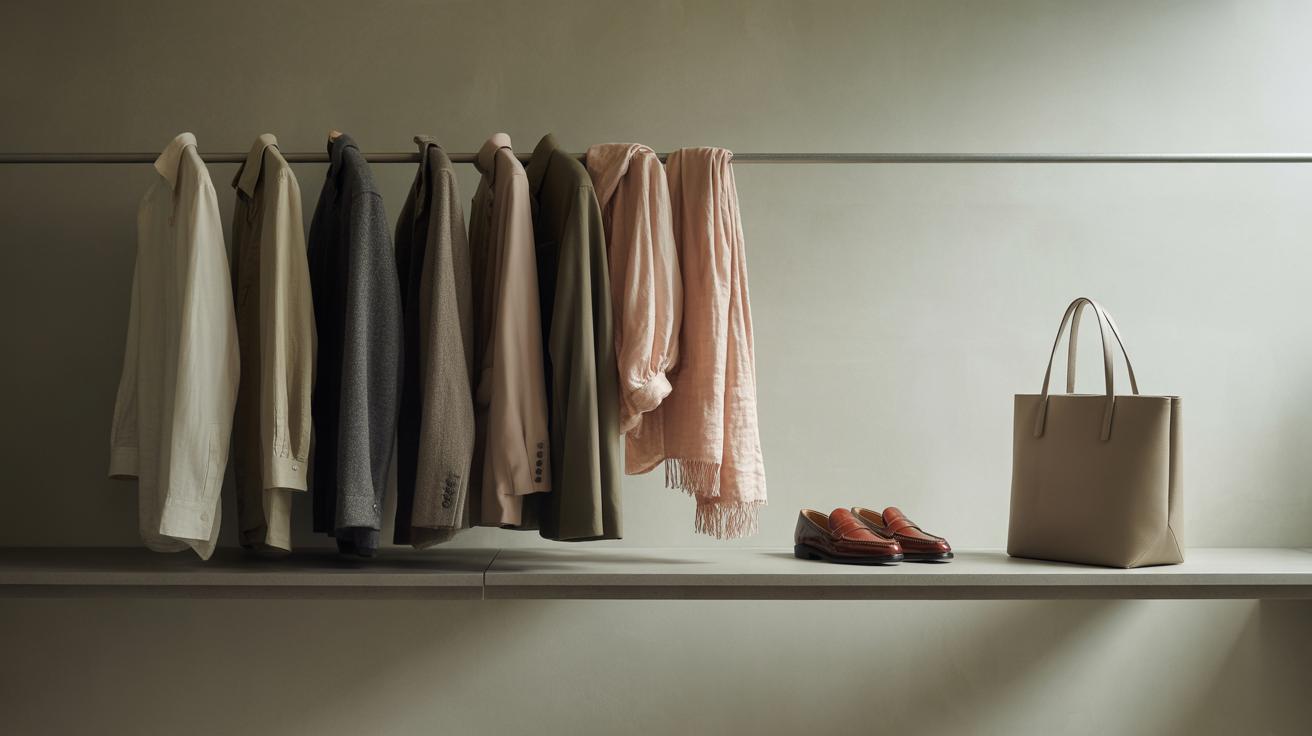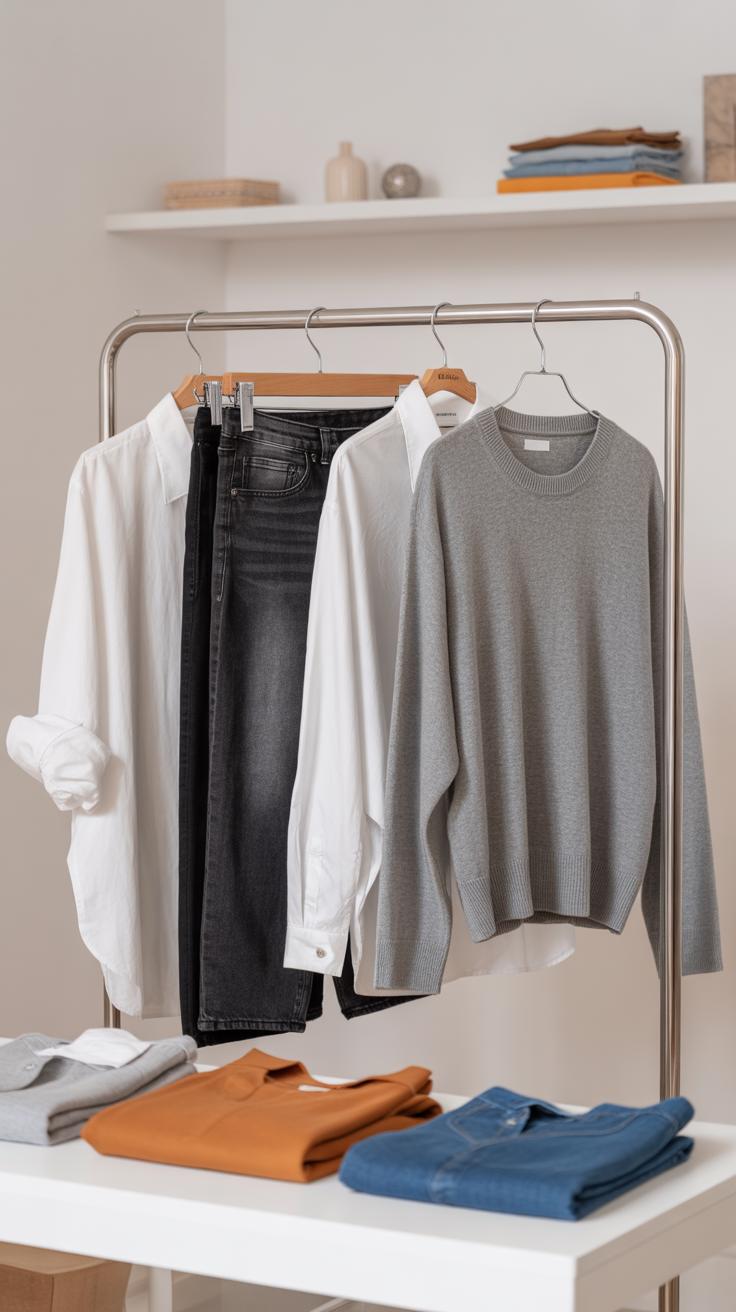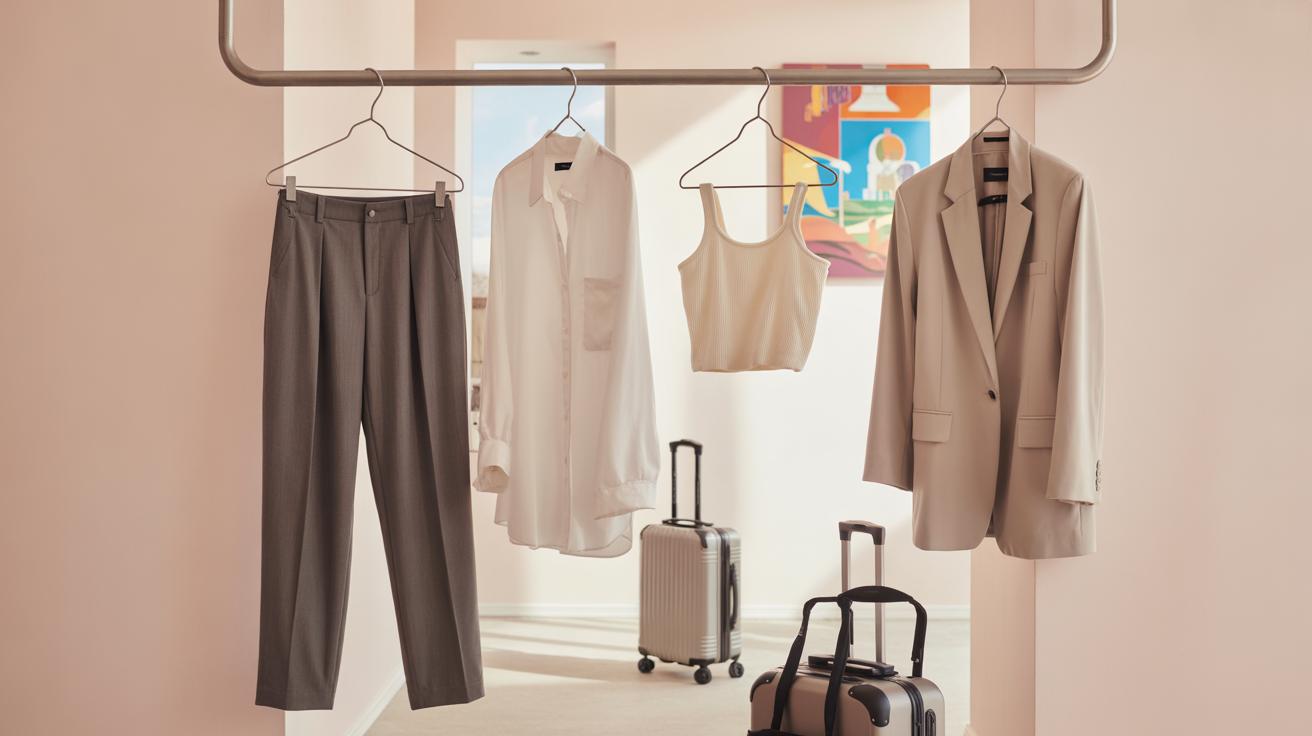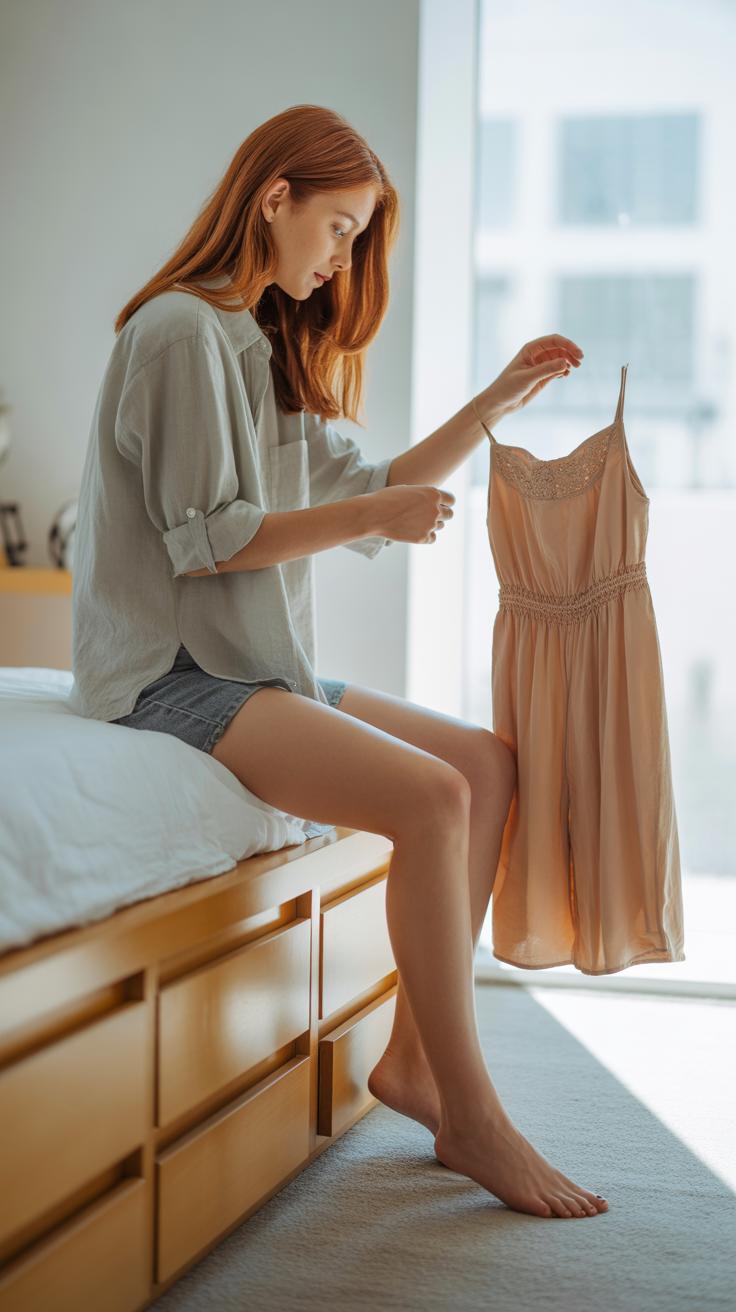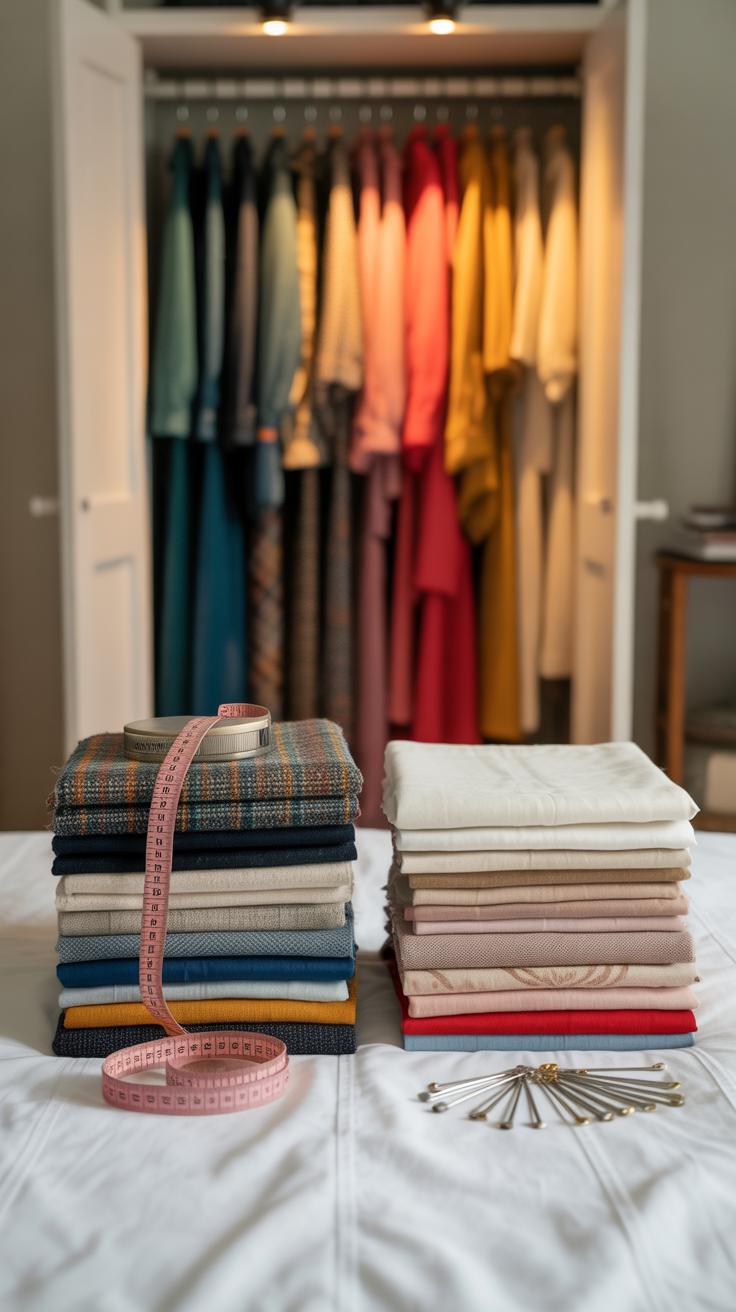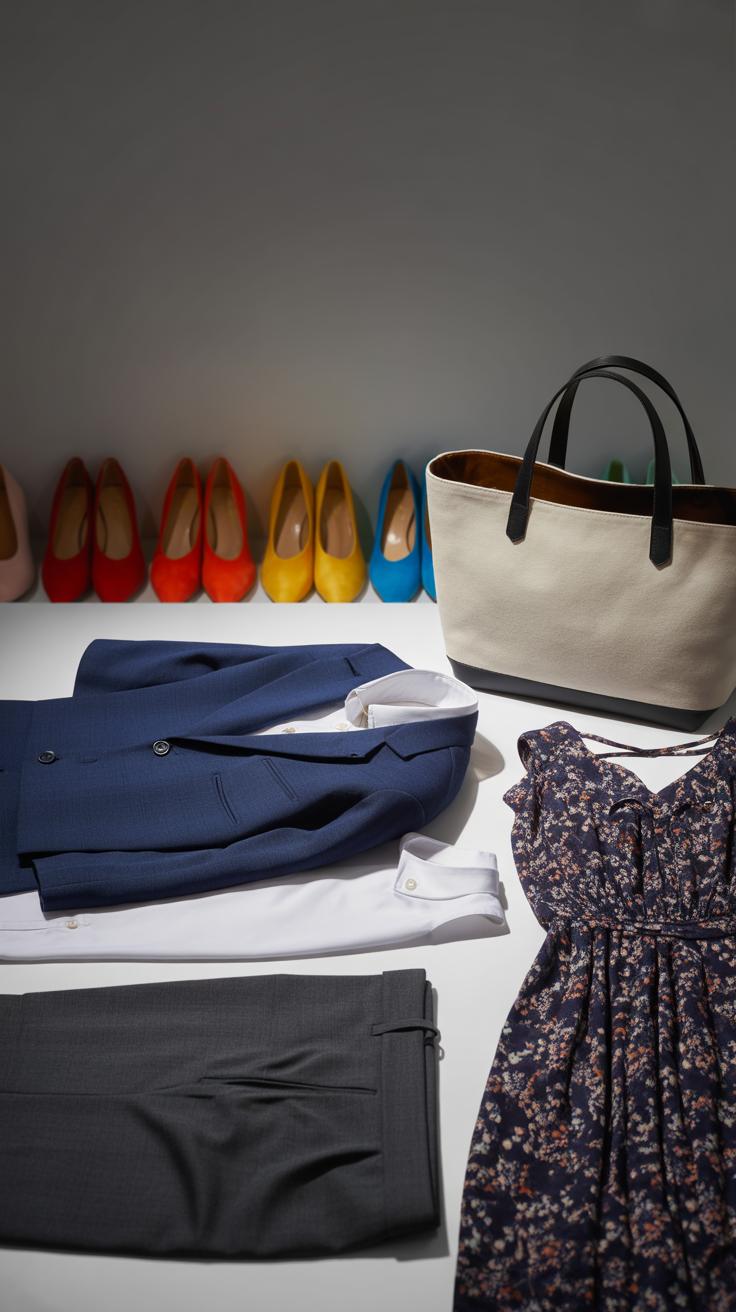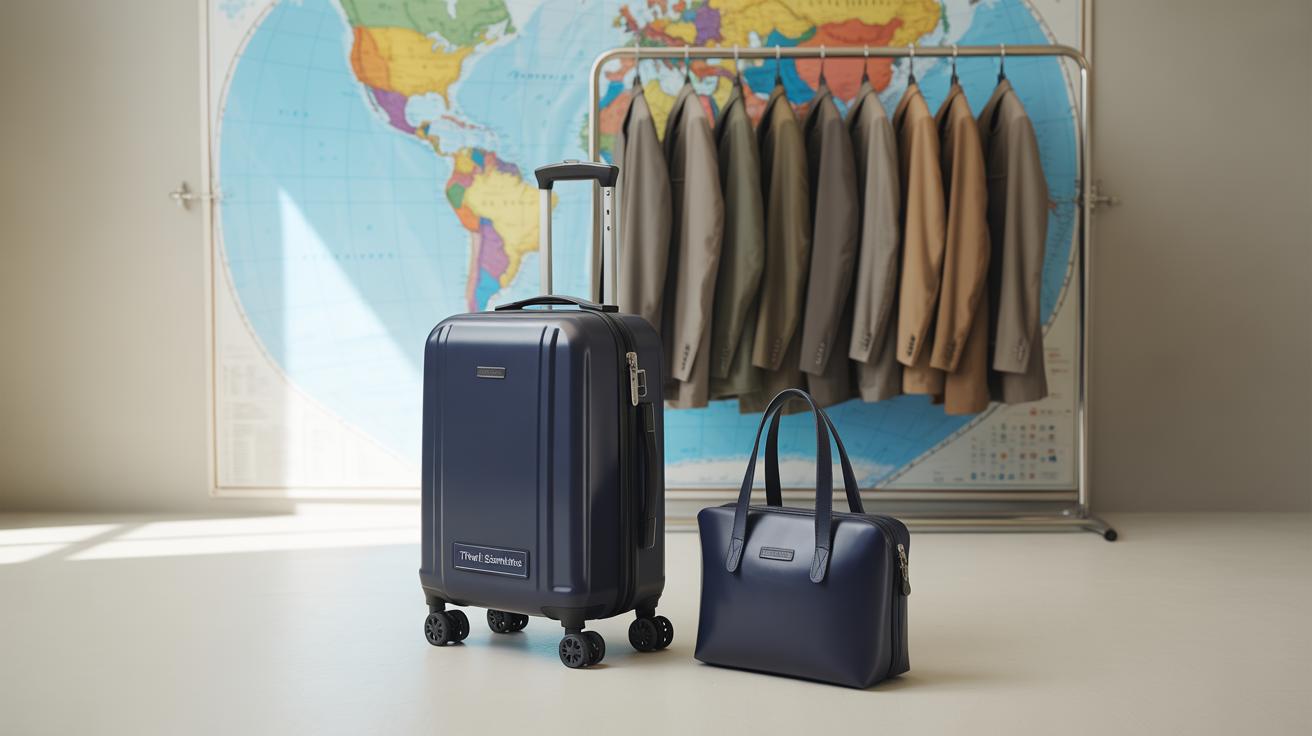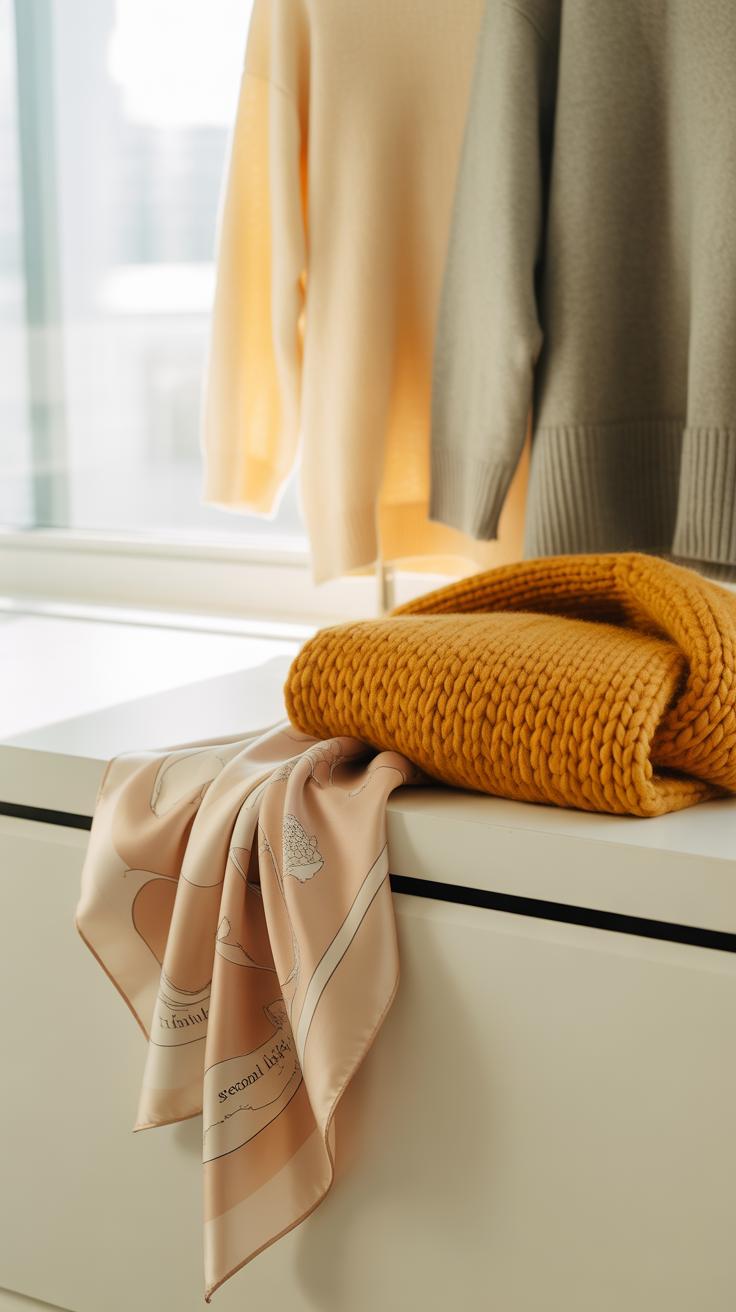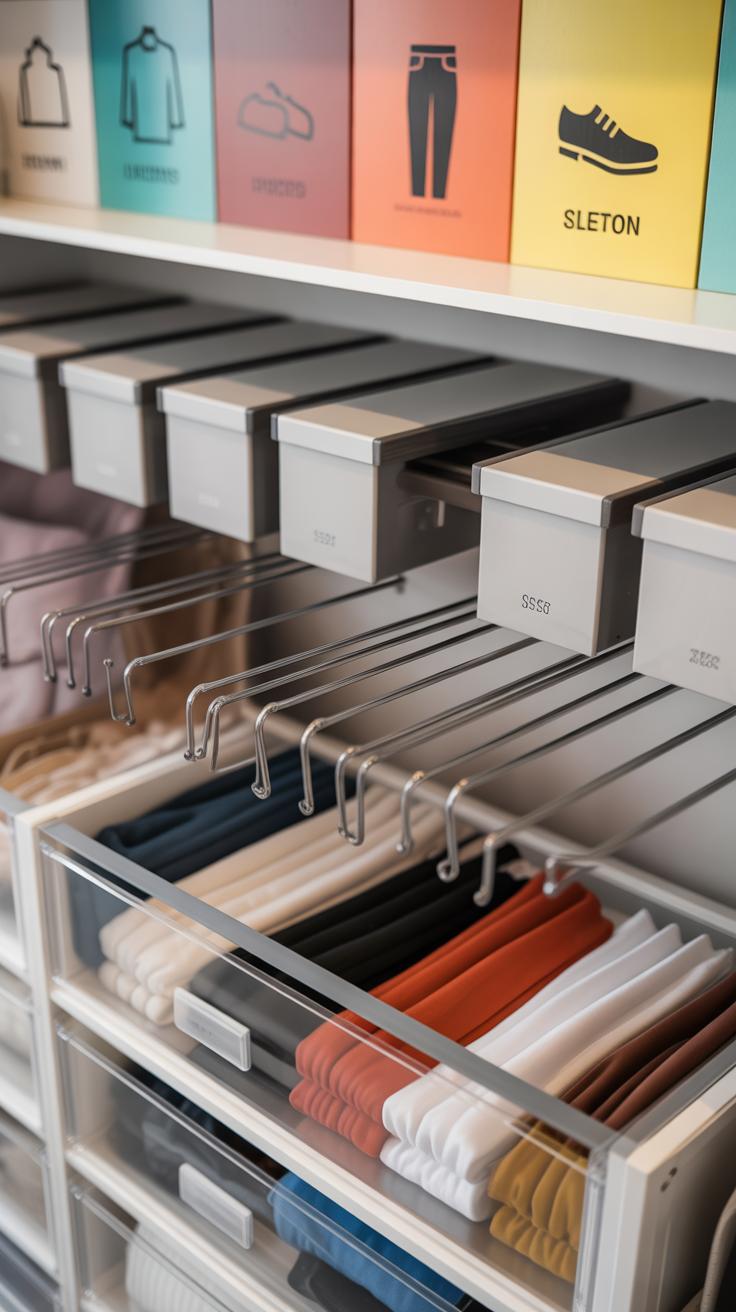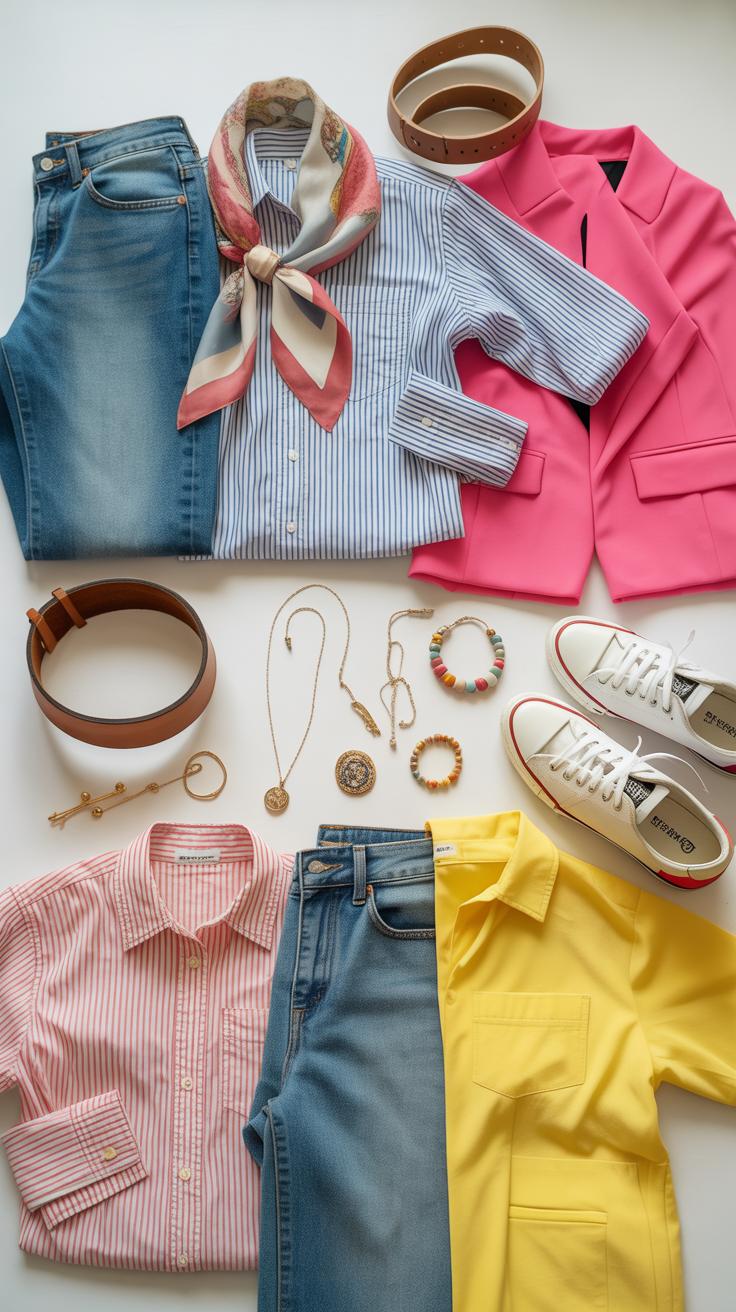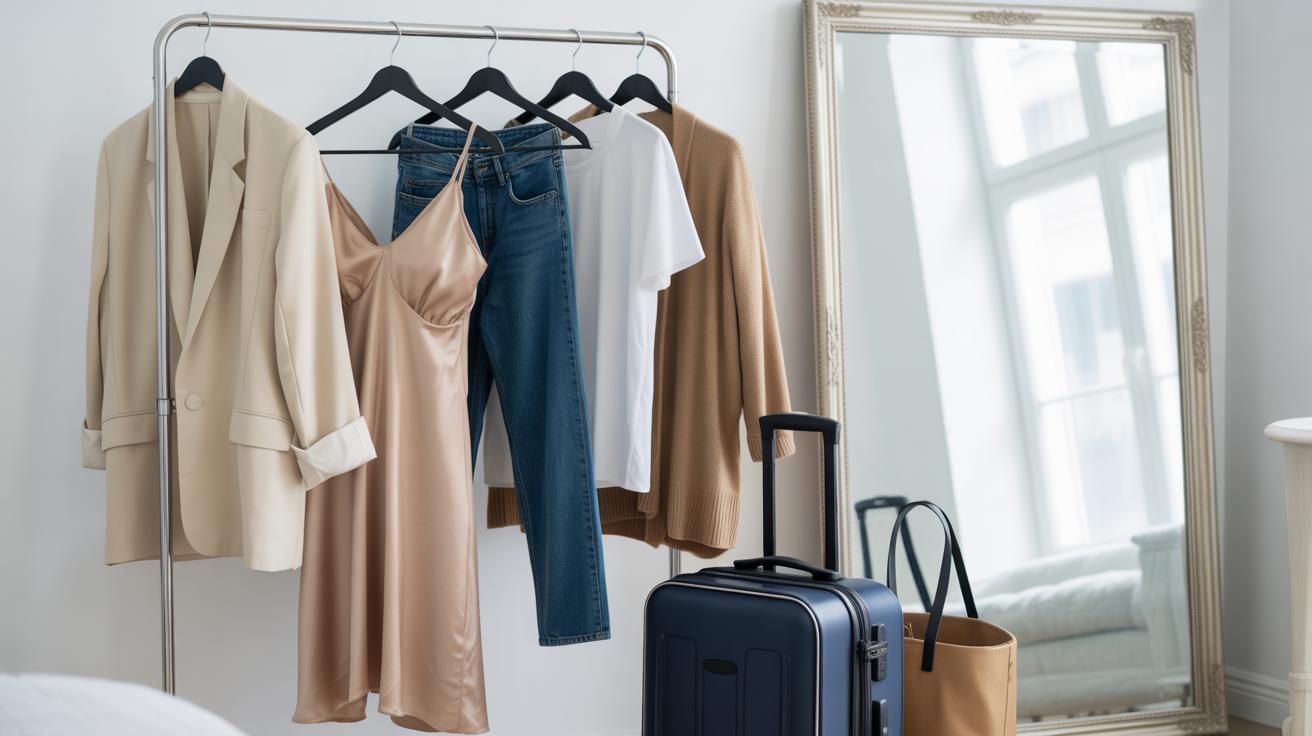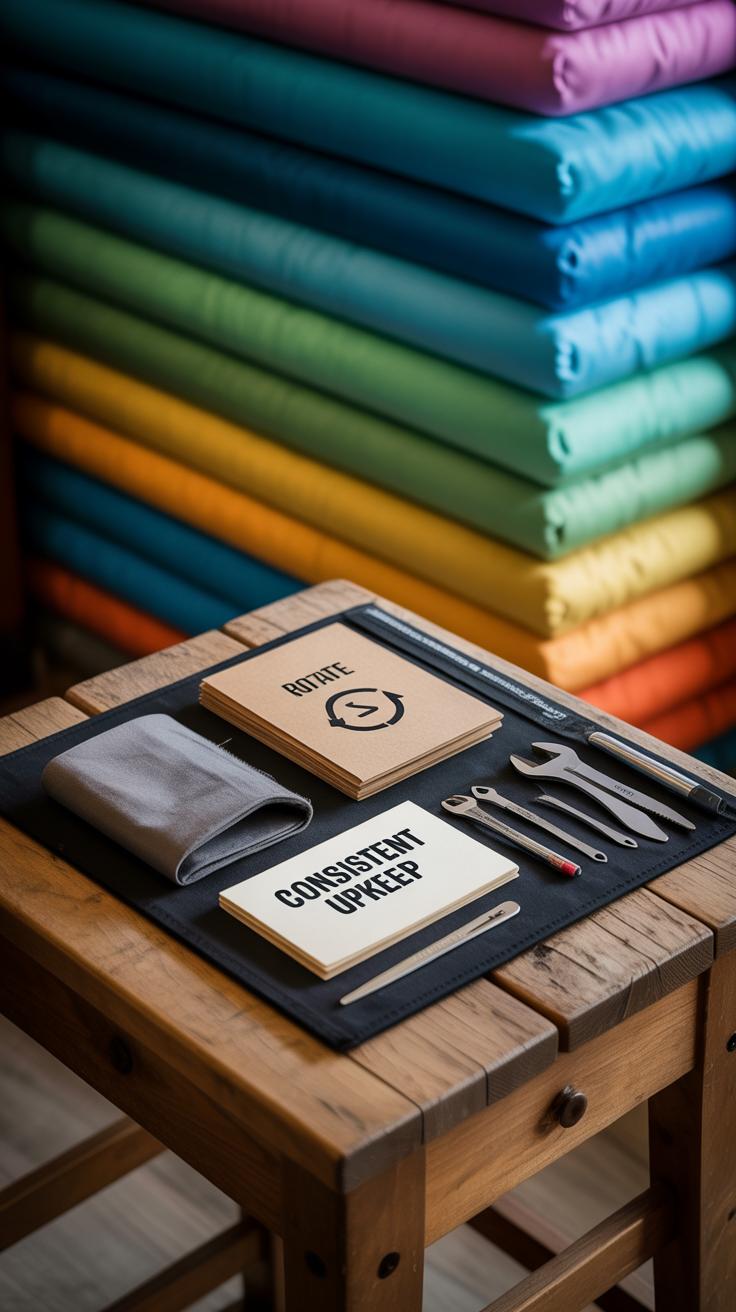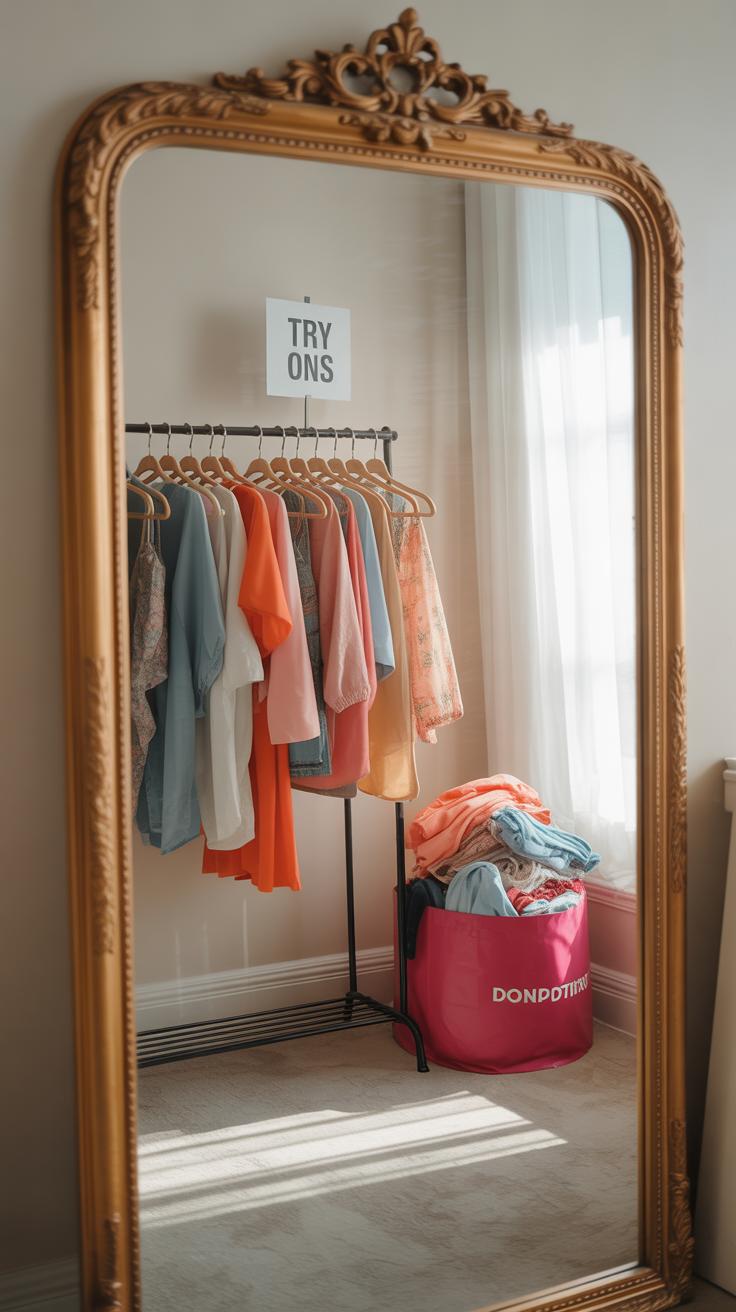Introduction
Minimalist Wardrobe Capsule Plan For Fewer Better Pieces focuses on simplifying your clothing choices. Instead of owning many clothes, you choose a small collection of key items that fit well together. This plan saves you time and money by emphasizing quality over quantity.
This article explores how you can build a capsule wardrobe. You will learn about choosing the right pieces, organizing them, and keeping your wardrobe versatile and practical. Discover steps to build a wardrobe that meets your needs without clutter.
Understanding the Concept of a Capsule Wardrobe
A capsule wardrobe is basically a small collection of essential clothing items that you can mix and match easily. Think of it as a thoughtfully curated closet where every piece works well with the others. You might have, say, ten to thirty items, and each can be paired with multiple others, avoiding endless combinations that feel overwhelming but without sacrificing your personal style.
For example, imagine owning just a few pairs of neutral pants, a couple of simple tops, a versatile jacket, and shoes that go with almost everything. This setup means you’re not drowning in clothes but still confident you can dress for most occasions. It’s less about depriving yourself and more about choosing what truly fits your lifestyle.
The idea has been around for decades but rose in popularity more recently, largely because people started questioning throwaway fashion and endless consumption. So it’s not new, but it feels fresh because it fits modern life’s pace.
Origins of Capsule Wardrobes
The term “capsule wardrobe” was popularized by Susie Faux, a London boutique owner, in the 1970s. She wanted to help women build timeless wardrobes that didn’t change dramatically with every season. Her goal was to simplify shopping and eliminate waste.
Later, in the 1980s, fashion designer Donna Karan took the concept further with her “Seven Easy Pieces” collection. Karan created a small set of garments designed to be combined in multiple ways—her idea was about flexibility and function for busy women juggling many roles.
The idea’s evolution shows how it shifted from a niche fashion concept to a lifestyle approach embraced by many looking to declutter not only their closets but their routines.
Core Idea Behind Capsule Wardrobes
The core principle is straightforward: minimize the number of clothes but maximize their usefulness. It’s about choosing pieces that are:
- Minimalist: Avoid excessive patterns and overly trendy items that go out of style quickly.
- Versatile: Each item should work in multiple settings — from casual to formal or work to weekend.
- Coordinated: Colors and styles should complement each other for easy mix-and-match.
It’s a bit like solving a puzzle where every piece fits several places. You might hesitate at first, thinking you’ll miss variety, but many find it surprisingly freeing. You stop worrying about what to wear and start appreciating what you own.
Have you noticed how often we buy clothes we rarely wear? Maybe this approach makes more sense, keeping your wardrobe simple, practical, and just enough.
Benefits of Building a Minimalist Wardrobe
Choosing to build a minimalist wardrobe isn’t just about style—it changes how you live, in more practical ways than you might expect. One big plus is the financial side. Buying fewer pieces, but ones that last longer and feel better, means you’re less likely to grab something cheap and replace it in a month. While those pricier items might sting initially, over time they pay off. You end up saving money because you’re not constantly chasing trends or filling gaps.
Then there’s the way it simplifies your mornings. When your wardrobe has fewer options, picking an outfit becomes faster—sometimes almost automatic. No more standing in front of a bursting closet, wondering what matches or if something’s still in style. It’s less stressful, which might not seem like a huge deal, but over weeks and months, that ease adds up. It kind of frees up mental space you didn’t realize you were draining on decisions about what to wear.
Plus, there’s an environmental angle here too, even if it’s a bit less obvious. Buying less lowers the demand for fast fashion’s relentless production cycle. This means less waste and fewer resources used, making your wardrobe a small part of caring for the planet. It’s like your choices quietly ripple outward, which feels good, doesn’t it?
How to Assess Your Current Wardrobe
Start by pulling everything out of your closet. Yes, every item. This might feel overwhelming, but seeing it all at once helps you get a clear picture. Now, pick up each piece and ask yourself a few questions: Does it fit well? Is it comfortable? Do you actually wear it? Does it still feel like your style—or is it just taking up space?
Sometimes, clothes hold on to memories or hopes about future occasions, but if you haven’t worn something in over a year, chances are you won’t. Look closely at wear and tear too. Any pilling, fading, or stretched-out parts? Those might be better off replaced or repaired. Still torn between keeping or tossing? Try the “hanger test”: If an item has been unworn and the hanger turned backward for months, that says something.
Sorting Clothes Effectively
Once you decide where each item belongs, start sorting them into four piles:
- Keep: Clothes that fit, feel good, and suit your style and daily life.
- Mend: Pieces with minor damage or loose buttons—if you have the time or willingness to fix them.
- Donate: Items in decent condition but no longer useful to you.
- Recycle: Worn-out pieces that can’t be donated but might be repurposed or recycled.
This clear-cut sorting makes decisions easier. You might find a pair of pants you love but have a small tear—mending makes sense if that tear isn’t a sign of broader wear.
Identifying Your Clothing Needs
Think about your day-to-day life. What do you really need to wear? If your work requires business attire most days, those pieces should remain central. If you spend weekends outdoors, ensure your wardrobe has versatile, durable items too.
Ask yourself: Are you dressing mostly for comfort, style, or specific occasions? Do you want pieces that mix and match easily or ones for standout moments? Your answers help shape the capsule wardrobe. Minimalist doesn’t mean limiting—it means choosing better to fit your reality. So be honest about your lifestyle before deciding what stays and goes.
Choosing Core Pieces for Your Capsule Wardrobe
When building a capsule wardrobe, the foundation always comes down to a few carefully chosen pieces. These items should work well together and serve multiple purposes. Think trousers, skirts, jackets, and shoes—those are the anchors of your daily outfits.
Trousers are essential. A well-fitted pair in a classic cut can be dressed up for work or paired with a simple tee for casual days. Skirts offer variety and can shift the tone of an outfit, from relaxed to polished, depending on the fabric and length. Jackets, like a tailored blazer or a durable denim jacket, pull looks together and add structure. And shoes—here, comfort meets style. A neutral pair of flats or loafers might get the most mileage, but including something dressier or sportier brings flexibility.
Here’s a rough list of key pieces that tend to build the base:
- Neutral trousers in black, navy, or beige
- A versatile skirt—pencil or A-line
- A blazer or lightweight jacket
- Basic tees or blouses in simple cuts
- Comfortable, neutral shoes like loafers or ankle boots
- A classic coat for cooler weather
Choosing colors can feel tricky at first, but sticking to neutrals like blacks, whites, grays, and earthy tones helps. These shades mix easily, so you can combine tops and bottoms with less fuss. Having a few coordinated colors means more outfit combinations without extra pieces cluttering your closet.
Try picking 3-4 base colors and add one or two subtle accent shades if you feel like it. This way, your capsule stays functional yet not too rigid, allowing a bit of personal flair without breaking the simplicity you’re aiming for.
Adding Seasonal Pieces to Refresh Your Wardrobe
Adding a few seasonal pieces to your capsule can bring fresh energy without turning your wardrobe into chaos. The trick is to pick just a handful of items that really capture the mood of the season but don’t overwhelm the core. Think about what colors, fabrics, or styles feel essential right now—maybe a cozy knit for fall, or a light blouse for spring.
Choosing these pieces wisely means focusing on versatility and how well they mix with what you already own. Ask yourself: will this sweater layer well over my staple tees? Does this jacket complement my neutral trousers? If the answer is no, then better skip it. Sometimes less really is more.
Keeping balance through the year means leaning on your core items but sprinkling in seasonal touches to keep your look updated. Sometimes you might want to swap out shoes, or add one bold accessory. This approach helps you stay comfortable and varied without feeling like your closet is bursting at the seams. It’s about small edits, not overhauls.
Organizing Your Wardrobe for Easy Access
When your wardrobe is cluttered or packed too tight, finding what you need feels like a chore. I think the key is to arrange your clothes so everything is visible without digging through piles. Grouping items by type usually helps—put all tops together, pants in another section, and outerwear somewhere else. You can even sort those groups by color if that makes sense to you, though I’ve found sometimes it’s easier just to keep it simple with type alone.
Storage tools make a surprisingly big difference too. Slim hangers save space and keep garments neat. Drawer dividers separate smaller pieces like socks or underwear, preventing chaotic scrambles. Clear bins or labeled boxes work well for less frequently used seasonal items. These little tricks keep your space tidy, so when you open your wardrobe, you aren’t overwhelmed.
Honestly, maintaining this order takes effort. Clothes tend to creep out of place over time—maybe you don’t put something back exactly where it belongs, or a sudden shopping spree adds a new piece. Setting a monthly reminder to quickly tidy up helps. Reassessing what you wear versus what sits untouched is useful as well; you might decide to donate items that don’t fit your style anymore. This ongoing maintenance keeps the wardrobe practical rather than just nice-looking.
Creating Outfits from Your Capsule Wardrobe
When you have fewer pieces, you might wonder how to avoid looking repetitive. The key lies in mixing basics with statement items—this creates variety without needing loads of clothes. Think of your simple white tee or classic black pants as the backbone of an outfit. Then, add something like a bold jacket, patterned scarf, or unique shoes to shift the look entirely. It’s surprising how a small detail can make a plain outfit stand out or feel fresh.
Start by pairing neutral tops with standout bottoms or vice versa. Layering can work wonders too—throw a blazer over a casual dress, or add a vest over a shirt. Don’t hesitate to experiment with textures; a chunky knit with sleek trousers breaks monotony without fuss.
Here are some outfit ideas using capsule pieces:
- Work: Combine a tailored blazer with a crisp white shirt and dark jeans or slacks. Add a statement necklace to bring personality without feeling overdone.
- Casual: Wear a fitted tee with high-waisted jeans. Top it with a colorful cardigan or patterned scarf if you like. Sneakers or loafers finish the relaxed vibe.
- Formal: A little black dress paired with classic pumps and a striking clutch can be your go-to. Swap the clutch for subtle earrings and add a sleek blazer to temper the look if needed.
Outfit versatility comes from how you layer, accessorize, and sometimes mix unexpected combinations. Have you ever tried pairing something you’d usually consider too bold with a mild base piece? You might find new favorites that feel surprisingly wearable.
Maintaining Your Capsule Wardrobe Over Time
Clothing Care Tips
Taking care of your clothes is more than just keeping them clean; it’s about making each piece last longer. Often, I find that washing items less frequently helps preserve fabric quality—sometimes, just airing out a shirt can do the trick. When washing, use cooler water and gentle cycles whenever possible. Avoid harsh detergents that strip fibers, and think twice before tossing delicate items in the dryer. Air drying is kinder to clothes and keeps colors from fading.
Storage matters too. Fold knits rather than hanging them to avoid stretching. Use breathable garment bags or cotton covers for seasonal pieces. If you spot a loose thread or small tear, fixing it early makes a huge difference. Simple stitching or fabric glue can hold things together until a proper repair is possible. Small efforts like these slow down wear and save you from premature replacements.
Updating and Replacing Pieces
When a piece feels tired or no longer fits your style, it might be time to think about replacements. But adding new items without pruning the old ones can quietly bloat your wardrobe—something to watch out for. Instead, consider swapping out one worn item for one new, thoughtful purchase. Ask yourself: does this new piece truly fill a gap or offer better quality?
Keep an eye on what you actually wear. If a shirt gets overlooked season after season, maybe it’s not worth keeping, even if it’s not worn out. Sometimes, it’s okay to let go simply because it no longer fits your life. Adding versatile basics rather than trendy splurges usually helps maintain balance. Remember, a capsule wardrobe isn’t about having less for the sake of it, but about making space for better choices. It’s a bit of a balancing act, and sometimes you have to be selective and patient at once.
Common Challenges When Building a Capsule Wardrobe
Letting go of clothes often feels harder than expected. You might hold onto items because of memories, “what if” scenarios, or even guilt over past spending. It’s tricky to separate the emotional value from practical use. One way to ease this is by asking yourself when you last wore the piece and if it really fits into your current lifestyle. If something hasn’t been touched in over a year, it’s probably okay to move on. Taking photos of sentimental items before donating can help you keep the memory without the clutter.
Finding quality pieces that last and fit your style well can be a slow process. You might need to try different brands or shops. Consider checking smaller or local brands, and don’t shy away from stores with clear size guides or easy return policies. Some readers find it useful to build a “favorites” list of brands that consistently suit them. Keep in mind that quality often means paying a bit more, but choosing fewer pieces that last can save money over time.
Staying consistent is another challenge. Your style may shift or your needs might change, making it tempting to stray from the capsule. Setting small goals, like adding only one new piece per season or sticking to a particular color palette, helps maintain focus. Sometimes, regular wardrobe reviews—maybe every few months—remind you why you started. This creates a rhythm that’s easier to stick with than forcing a big overhaul all at once.
Overcoming Emotional Attachment to Clothes
Getting past emotional ties isn’t simple and might take time. Start by sorting clothes into categories: keep, maybe, and remove. Then, gradually work through the “maybe” pile over weeks or months instead of all at once. Some find it helpful to ask: “Would I buy this now?” or “Does this piece represent who I am today?” These questions gently nudge you to rethink old attachments.
Another tip is to focus on the feeling you want your wardrobe to give you—comfort, confidence, ease—and see if each item aligns with that. Reframing your relationship with clothes from “holding onto memories” to “making space for what works” can shift your mindset. Remember, it’s okay to keep a few sentimental pieces, but making space often means freeing yourself from excess accumulation.
Finding Capsule Pieces That Fit Your Style
Discovering your go-to brands or styles involves a bit of trial and error—and patience. Think about the colors and silhouettes you’re drawn to, and look for brands known for those qualities. Some brands cater to minimalist wardrobes by offering timeless, versatile pieces. Reading reviews and joining online communities focused on capsule wardrobes can point you to quality options you might not discover on your own.
Sometimes, vintage or secondhand stores have hidden gems that fit your style perfectly and add uniqueness to your capsule. Don’t overlook the benefit of tailoring simple pieces to fit you better—it can make even basic items feel special. Remember, building a capsule is a personal journey; your choices don’t need to fit a rigid mold but should help you feel comfortable and true to yourself every day.
Conclusions
Building a minimalist wardrobe capsule lets you focus on fewer, better pieces. This approach helps you wear what you love and feel confident every day. It also reduces clutter and makes decisions easier.
By selecting essential items that match your style and needs, you create a wardrobe that works for many occasions. This plan supports a simpler lifestyle and smart clothing choices that last.


